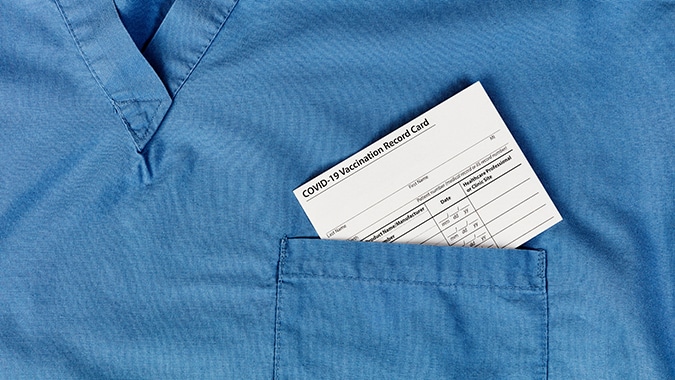Nearly three months have passed since most U.S. restaurant dine-in operations were ordered to close to prevent the spread of COVID-19, and for the week of June 8, more than 68%* of all restaurant units are in states, counties, or municipalities where they are permitted to reopen their on-premise dining service. This does not mean all restaurants in those areas have reopened, but it is an indicator of loosening regulations. With a growing number of restaurant dine-in services reopening, major restaurant chain customer transactions have been improving, reports The NPD Group. In the week ending May 31, U.S. restaurant chain transactions declined by -18% compared to same period year ago, a +3% week-over-week improvement**, according to CREST® Performance Alerts, which provides a rapid weekly view of chain-specific transactions and share trends for 72 quick service, fast casual, midscale, and casual dining chains.
Restaurant industry performance varies geographically based on local policies for restaurants reopening and the severity of the COVID-19 outbreak. As expected, New York and California, where restaurants are still not permitted to open for on-premise dining, had the steepest customer transaction declines, -34% and -27%, respectively, in the week ending May 31 versus year ago. Restaurant transactions in Kentucky, where on-premise dining at limited capacity was allowed starting May 11, declined by -2%, reports NPD.
In week ending May 31, major full service restaurant chains, which were hardest hit by the dine-in closures, realized a -37% decline in transactions compared to year ago, a +15% increase from prior week. Quick service restaurant chain transactions, which represent the bulk of industry transactions, declined by -16% compared to year ago versus an -18% decline in week ending May 24.
“The U.S. foodservice industry today remains solidly in the re-start phase as restaurants begin to reopen their on-premise operations,” says David Portalatin, NPD food industry advisor and author of Eating Patterns in America. “The industry will move to the recovery phase when all states reopen on-premise dining and we can begin to make a detailed assessment of how many permanent restaurant closures there are and how that will affect what the industry will look like as it re-emerges.”
